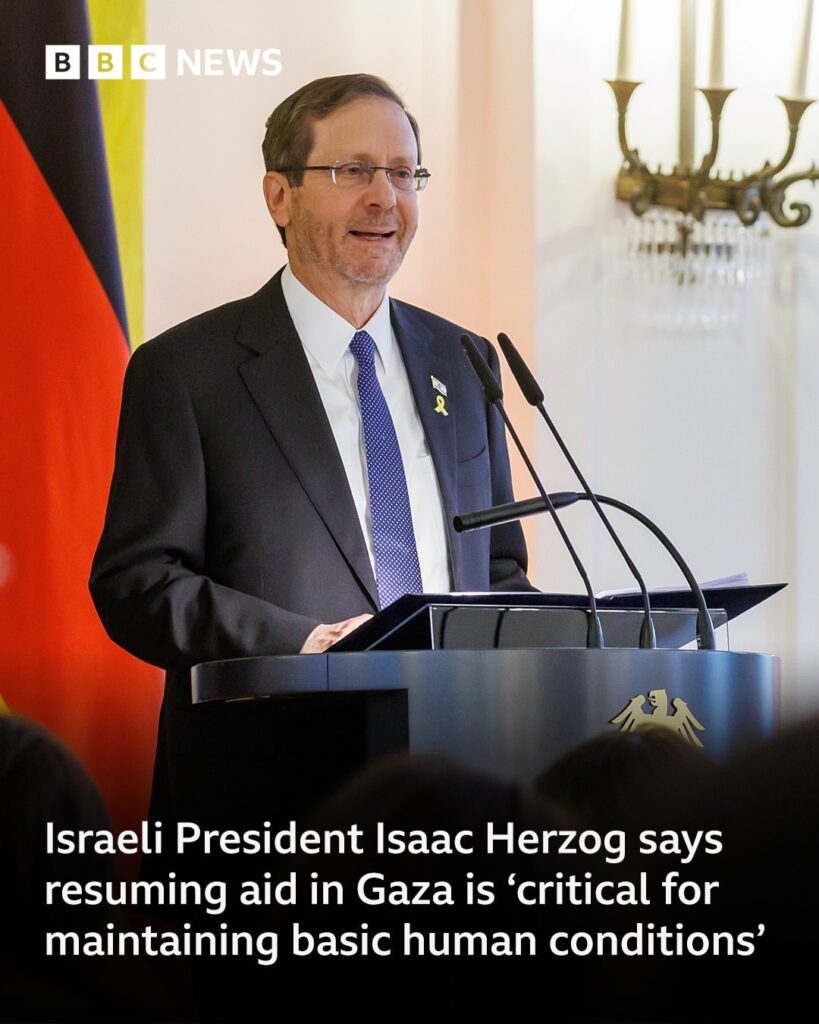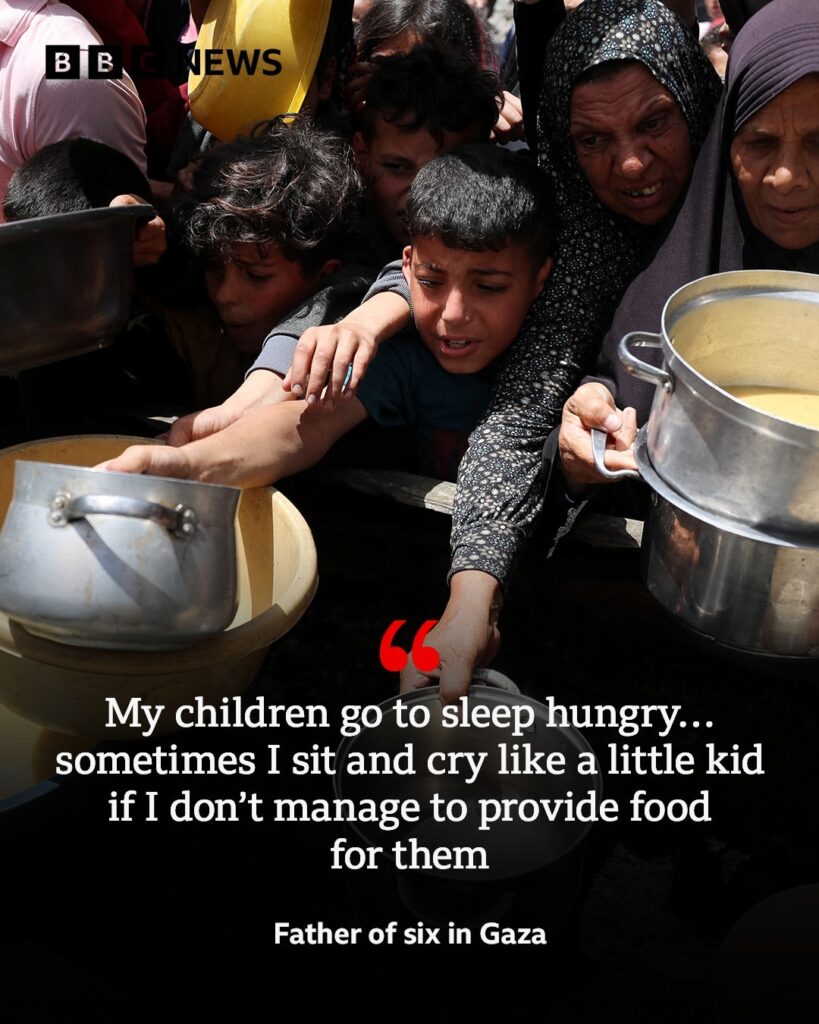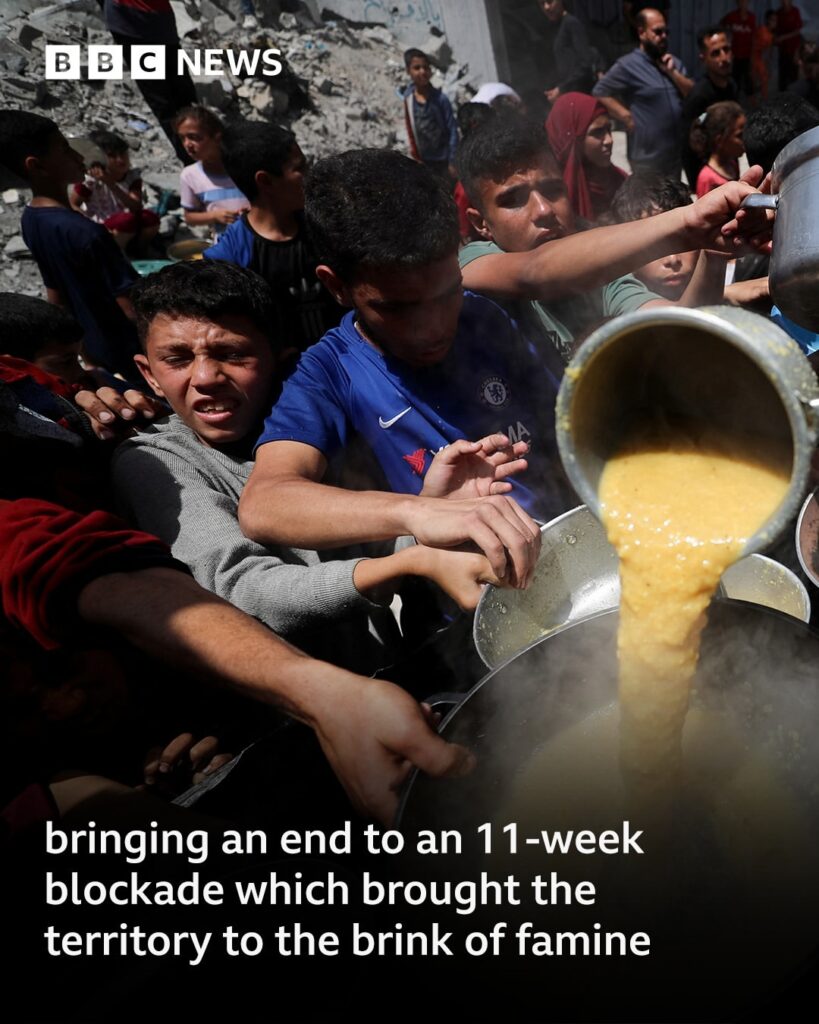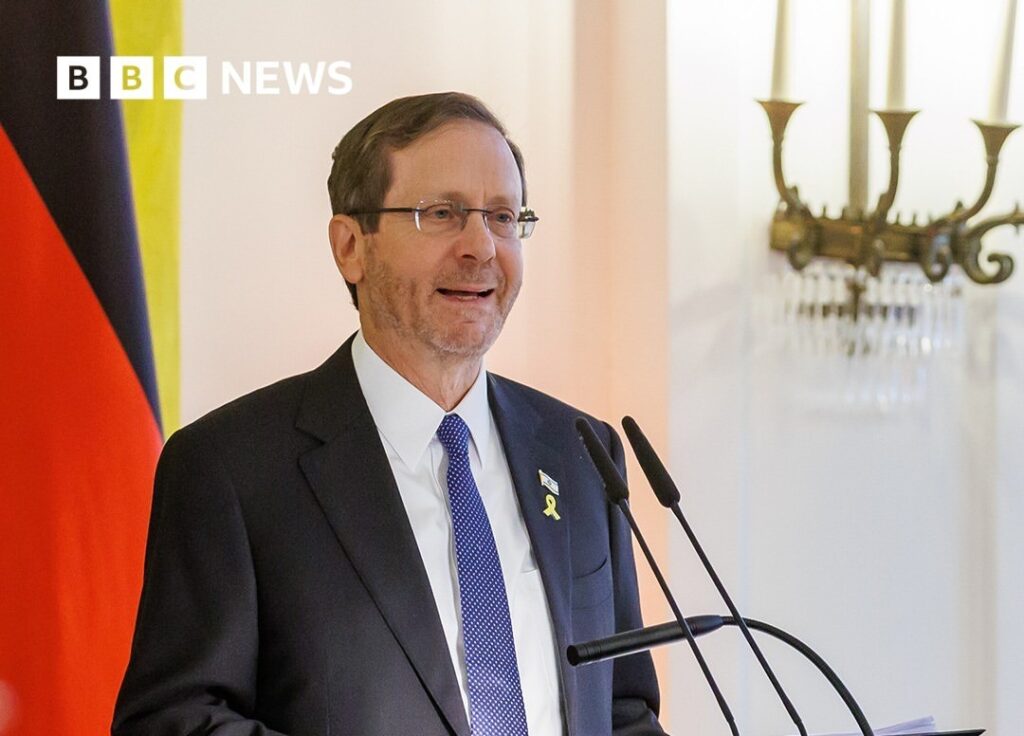
The United Nations’ top humanitarian official has welcomed the limited aid allowed into Gaza after weeks of closure but emphasized that the delivery — consisting of only five trucks — is insufficient to address the scale of suffering faced by the 2.1 million Palestinians trapped in the besieged enclave.
Martin Griffiths, the UN Under-Secretary-General for Humanitarian Affairs and Emergency Relief Coordinator, released a stark statement following the Israeli government’s decision to allow the trucks through the Kerem Shalom crossing. While he acknowledged the step as a “necessary gesture,” he did not hold back in describing its limitations.
“This is a welcome development, but we must be clear-eyed about what it represents. Five trucks of humanitarian supplies are a drop in the ocean of what is urgently needed,” Griffiths said. “Millions of people in Gaza are in desperate need — of food, water, medicine, shelter, and protection. The world must not see this as a solution, but rather as the barest beginning.”
A Crisis Long in the Making
The Gaza Strip has long been the epicenter of one of the most protracted humanitarian crises in the world. The situation has deteriorated sharply over the past year following an escalation of violence between Israeli forces and Palestinian militant groups, including Hamas. In the aftermath of intense military operations and the imposition of an 11-week blockade, humanitarian aid was almost completely halted.
With border crossings closed and supplies dwindling, hospitals have stopped functioning, bakeries have shut down, and water purification systems have collapsed. The UN and international NGOs have repeatedly issued warnings that Gaza is approaching a full-scale humanitarian collapse.
“Famine is looming,” warned the World Food Programme (WFP) in a recent report. “Food insecurity is rising at an alarming rate. Over 70% of the population is now experiencing severe hunger.”
Fuel shortages have rendered essential services useless. Medical facilities, many of which have been damaged by airstrikes or lack of maintenance, cannot power incubators, ventilators, or operating rooms. Children have died in neonatal units due to lack of electricity. According to the UN Office for the Coordination of Humanitarian Affairs (OCHA), more than 60% of primary healthcare centers are no longer functioning.

The Symbolism of Five Trucks
Against this grim backdrop, the arrival of five UN lorries carrying food, hygiene kits, and medical supplies may seem modest — even insulting to some — yet for international observers, it marks a small shift in what has been a weeks-long stalemate.
Israel has maintained that the blockade is necessary to prevent the transfer of weapons and dual-use materials that could fall into the hands of Hamas. However, mounting international pressure, particularly from the United States, the European Union, and Arab states, has pushed Israeli authorities to reconsider their stance on humanitarian access.
The delivery, while minimal, was coordinated by the United Nations Relief and Works Agency (UNRWA) and other humanitarian partners. According to reports, the aid was distributed to priority shelters and emergency clinics, where medical staff had been pleading for help for weeks.
But Griffiths made clear that five trucks — carrying perhaps a few days’ worth of supplies for one part of Gaza — are not even close to meeting the needs of the population.
“To truly avert a catastrophe, we need the sustained, safe, and unhindered delivery of hundreds of trucks every day,” he said. “Anything less will cost lives — not hypothetically, but in very real, very tragic terms.”
The View from Gaza
For those living through the crisis, the aid trucks were both a glimmer of hope and a cruel reminder of how far things have fallen.
“We saw the trucks from afar,” said Amal, a mother of three in northern Gaza. “Some people clapped. Others cried. We have been living on tea and bread scraps for days. My son has a fever, but the clinics have no medicine. They told me to wait. We’ve been waiting for weeks.”
UNRWA staff inside Gaza have described heartbreaking scenes in shelters: children with sunken eyes and visible ribs, families packed into school buildings without toilets or running water, and parents digging through rubble for wood to burn.
Despite the challenges, humanitarian workers have continued their efforts with remarkable courage. But without consistent resupply and protection from ongoing violence, aid agencies say their work is unsustainable.
“We are trying to do the impossible,” said one senior UN official based in Gaza. “But without corridors, fuel, and staff safety, we’re just putting bandages on a gaping wound.”

International Response and the Political Impasse
The international community has responded to the worsening crisis with pledges of support, urgent appeals, and diplomatic maneuvering. The European Union has committed emergency funding, while Egypt and Qatar have worked behind the scenes to mediate and facilitate limited aid flows.
Yet the underlying political paralysis — both within the Palestinian territories and between Israel and its adversaries — continues to obstruct long-term solutions. The Palestinian Authority, weakened and sidelined, has limited ability to govern or influence outcomes in Gaza. Meanwhile, Israel’s government remains under pressure from domestic constituents who oppose easing the blockade without a full guarantee of disarmament from Hamas.
This impasse means that the humanitarian situation is likely to remain dire for the foreseeable future. Martin Griffiths has warned that aid deliveries alone will not solve the crisis.
“Humanitarian aid is not a substitute for political will,” he said. “We need real political solutions that respect the rights and dignity of civilians, ensure accountability for violations of international law, and provide a path forward for peace.”

Looking Ahead
In the coming days, international aid organizations hope to ramp up pressure on Israel to allow more sustained access into Gaza. There are also renewed calls for a humanitarian ceasefire to allow for the safe passage of aid, the evacuation of the wounded, and the repair of critical infrastructure.
Griffiths and other UN officials are expected to meet with regional leaders to push for a humanitarian framework that includes:
- Daily access to all border crossings for aid deliveries
- Protection of aid convoys from attacks
- Restoration of fuel and electricity supplies to critical infrastructure
- Medical evacuations for the severely wounded
- A coordinated mechanism for aid oversight and distribution
Until then, however, millions of Palestinians remain in limbo — struggling to survive as political actors debate and delay.
Conclusion
The decision to allow five UN lorries into Gaza is not meaningless, but it is far from enough. As the UN’s humanitarian chief rightly noted, it is only “a drop in the ocean.” For the 2.1 million Palestinians caught in one of the world’s most entrenched conflicts, the urgency is clear. They do not need symbolic gestures; they need consistent, large-scale, life-saving assistance — now.
Without immediate and massive humanitarian intervention, the suffering in Gaza will worsen, and history will remember not only the destruction and loss, but also the failure to act when it mattered most.



